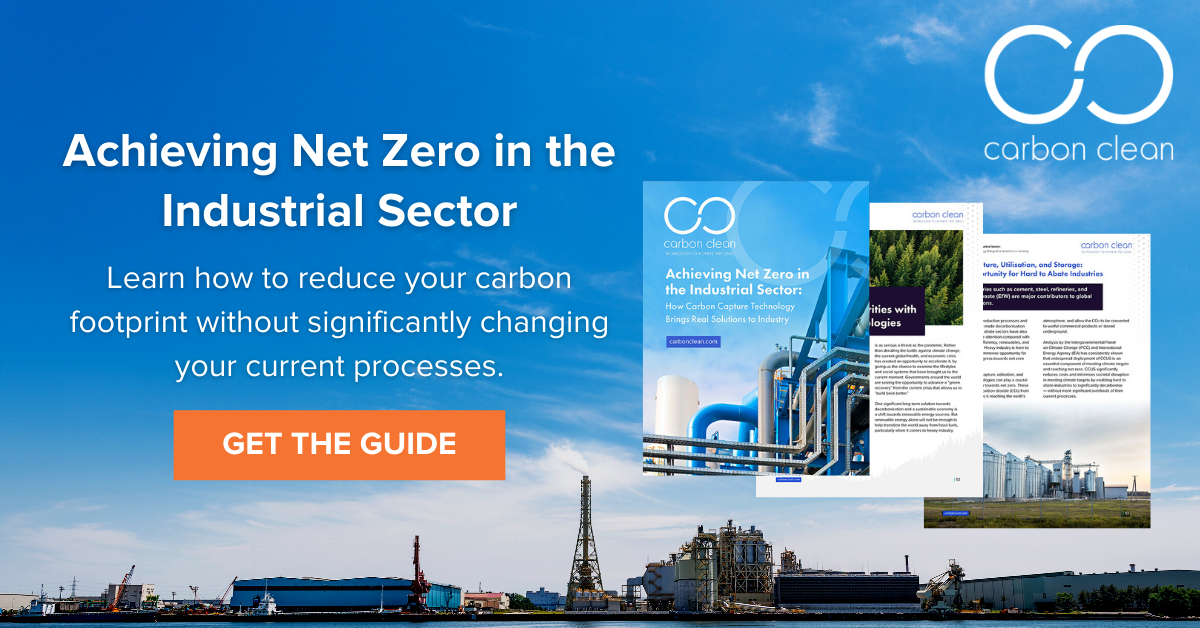Carbon Clean's Co-founder and CEO Aniruddha Sharma discusses all things green recovery, including which carbon capture technology is needed, the European Green Deal, and how hard to abate industries can aim for a green recovery and achieve net zero by 2050.
What is a green recovery?
The COVID-19 pandemic has caused a massive economic and health emergency all over the world. From a climate perspective, communities and places have seen a 10-30% reduction in carbon emissions with quite a few places seeing cleaner skies and blue skies for the first time in many decades. As the government tries to maintain this lead from a climate change perspective, they are trying to boost low carbon industries. This whole process is called a 'green recovery'.
Which countries are ahead in terms of green recovery policies?
Europe, in particular, is leading the way in supporting the transition to net zero, including ambitious packages like the European Green Deal, which is a set of initiatives designed to achieve net zero carbon emissions and invest in green technology. One such proposal under review is the European Climate Law, which would enshrine the concept of net zero carbon emissions under the EU law. As the pressure to deal with the climate crisis grows, we expect undoubtedly, that more and more communities and countries will enact laws like this.
What progress has been made in setting a path to a green recovery?
As governments are trying to boost the low carbon growth with a green recovery, it’s quite important to get businesses on board as well. Carbon Clean is trying to help heavy industry by offering technology that is both affordable and efficient at scale. CCUS is the only way you can decarbonise heavy industry profitably and sustainably. So if you don’t want them to go back to business as usual, you must incentivise them. One of the ways to decarbonise heavy industry is with CCUS technology, which is carbon capture, utilisation and storage. As for the International Energy Agency (IEA), there is a requirement for over 2,000 facilities to achieve decarbonisation within the industrial space by 2050. This is all about protecting the jobs in the existing industry space, but even better, this could potentially create over 100,000 new jobs.
How can the hard to abate industries aim for a green recovery?
Hard to abate industries like steel, cement, energy from waste and refining are already aiming for a green recovery and net zero emission by 2050. For industry, there has never been a better time to invest in reducing carbon emissions significantly. Advance CCUS technologies like the one offered by Carbon Clean could help reduce the cost of decarbonisation very significantly and increasingly cost-effectively as we move forward.
Interested in discussing carbon capture technology with Carbon Clean? Sign up to speak with a specialist about how this technology can create a clear path for an even greener recovery.



